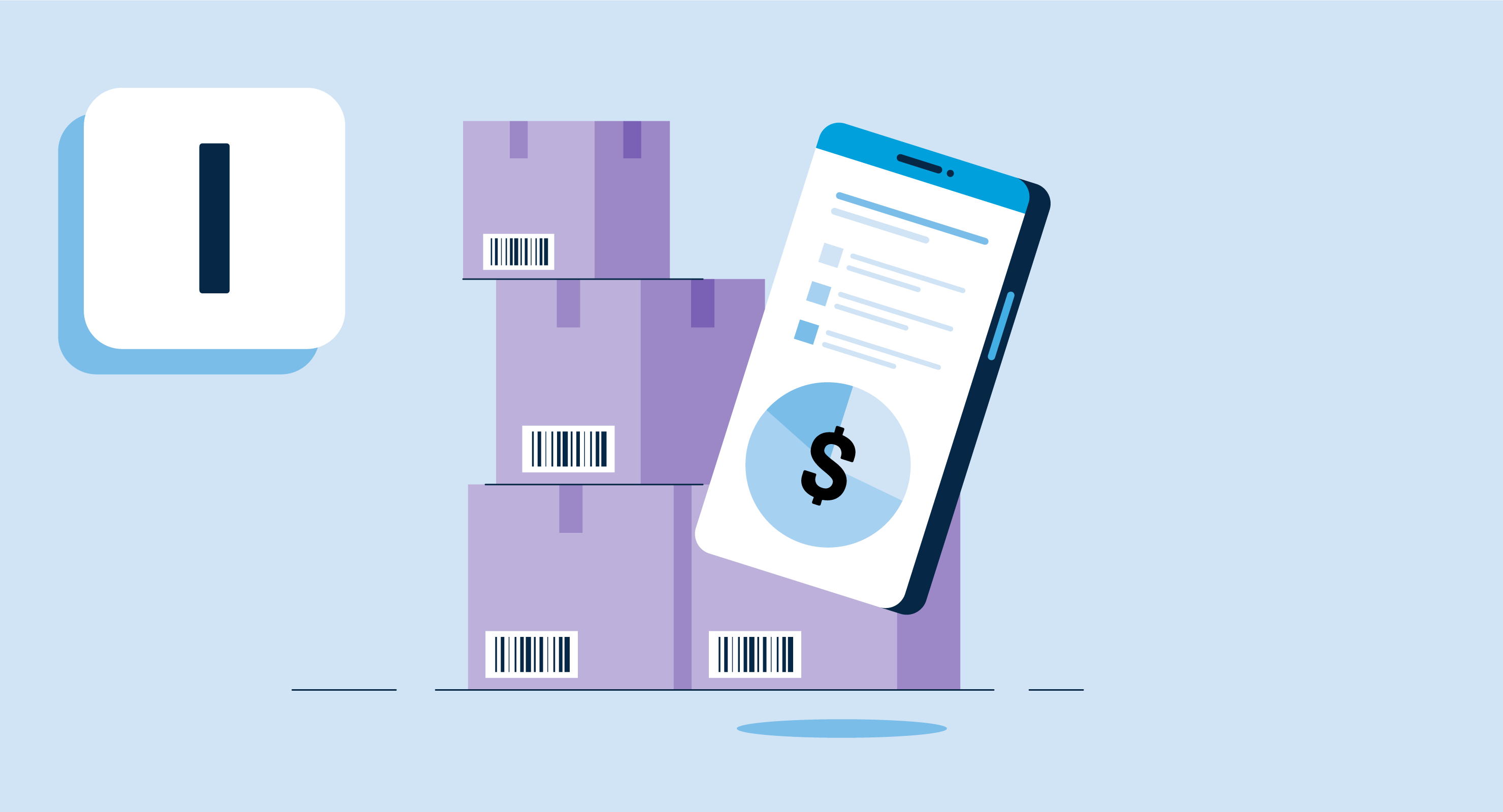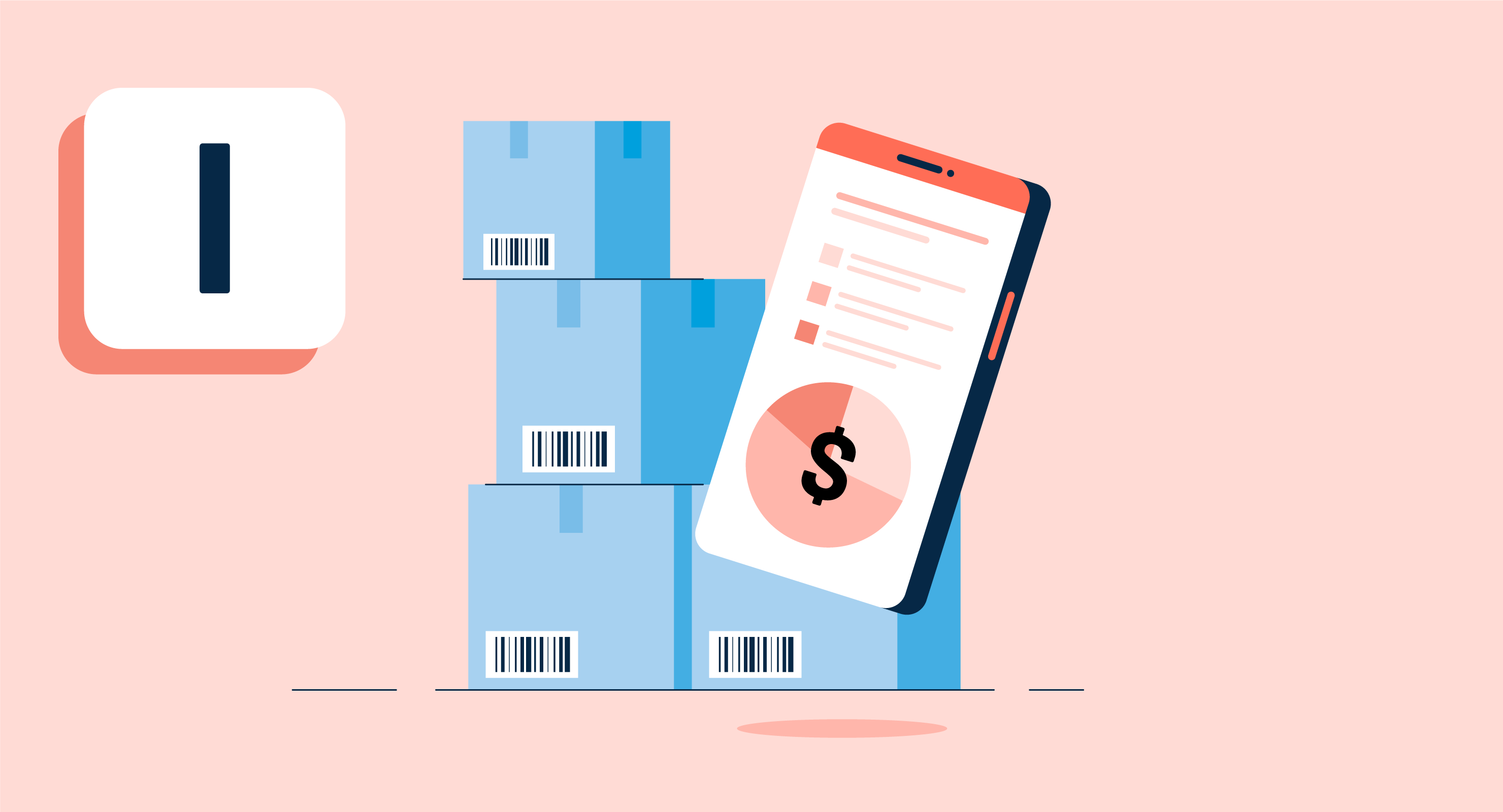What is inventory pricing?
Inventory pricing is the process of assigning value to products. It helps businesses estimate and fix their financial key performance indicators (KPIs) to ensure that their material handling, order fulfillment, and manufacturing operations are successful and cost-effective in the long run.
Inventory pricing is a subset of inventory management. Businesses typically use inventory management software to manage and track inventory, purchases, sales, and shipments while leveraging technology to conduct dynamic inventory pricing.
Organizations need to be on the lookout for their inventory and observe products being sold or stalled. It’s crucial to optimize inventory management methods appropriately to have more in-demand products than the least popular. Inventory pricing should be done with the same ideology of effectively valuing the products and generating profits.
Types of inventory costs
There are four main categories of inventory costs: ordering, holding, shortage, and spoilage costs.
Ordering costs
Ordering costs are incurred while placing orders from suppliers. Regardless of how small the order is, there are some ordering costs associated with it. If a company purchases in bulk, it can significantly reduce its ordering costs, increasing storage costs. Businesses need to find an optimal order quantity that’ll help them reduce ordering costs while incurring the least possible storage costs to be cost-effective.
Here are a few examples of ordering costs:
- Clerical: Costs associated with preparing purchase orders
- Vendor discovery: Costs associated with finding the right vendor and expediting the purchasing process
- Transportation: Costs associated with moving products to a warehouse or a store
- Unloading: Costs associated with unloading goods at a warehouse or store and inspecting their quality and quantity
- Electronic data interchange (EDI): Costs associated with systems that help optimize and reduce ordering costs for businesses
Holding costs
Holding costs are related to carrying and storing inventory before its sold.
Here are a few examples of handling costs:
- Inventory financing: Costs related to an investment made in purchasing inventory like interest on working capital
- Opportunity: Costs associated with the lost alternatives of tying capital in inventory like investing in mutual funds
- Storage space: Costs associated with the location where inventory is stored
- Inventory services: Costs related to physical handling of products like insurance, IT hardware, and security
- Inventory risk: Costs related to shrinkage or loss of goods before they’re sold to customers
Shortage costs
Shortage costs are incurred when a business goes out of stock.
Here are a few examples of shortage costs:
- Production shortage: Costs incurred due to disruption in production or manufacturing
- Emergency shipments: Cost related to procuring a product during stock-outs
- Customer loyalty: Costs incurred when a customer takes their business elsewhere because of a shortage of goods
Spoilage costs
Spoilage costs are incurred by a business when purchased inventory items rot or spoil if not sold in time. Spoilage costs money, but it also leads to a loss of initial investment made to produce the spoiled goods.
Many industries such as food and beverages, cosmetics, and healthcare are affected by spoilage and need to adopt suitable inventory management methods to avoid suffering losses.
Inventory pricing methods
Inventory pricing helps companies assign value to their merchandise. Businesses use several methods to perform inventory pricing.
Retail inventory method
The retail inventory method is an accounting method that helps retailers estimate the value of their store’s merchandise. It provides an ending inventory balance by calculating the cost of inventory relative to the price of the products.
The retail inventory method provides an approximate inventory value since the merchandise can be stolen, broken, or lost in retail stores. Retailers need to conduct a physical inventory verification to ensure that their inventory pricing method produces accurate values.
Specific identification
The specific identification method involves assigning costs to each item in the inventory instead of grouping them. Businesses can use this method in the inventory pricing process when they can identify and track each unit of their inventory.
Although large organizations can use this method by tracking their inventory using barcodes or electronic tags and leveraging inventory control software, it’s more popular among small businesses. An employee can simply count inventory and calculate its value.
Specific identification methods produce accurate results, but businesses need to ensure that they have a consistent ability to individually track and record each inventory item.
First in, first out (FIFO)
In the first in, first out method, the costs of items in the oldest inventory are associated with the most recent sales. Simply put, goods that were purchased first get sold first. During inflation, inventory has a higher value and lower costs of sold items. On the contrary, inventory has lower value and higher prices of traded goods during deflation.
When items in an inventory are almost identical, using a specific identification method may not be worthy enough. Businesses can use the FIFO method in such cases. FIFO method of inventory pricing is used to value inventory items such as food and milk that expire after a specific time.
Last in, first out (LIFO)
Last in, first out method is the opposite of FIFO. In this technique, the most recent cost of purchasing is associated with the most recent sale. It works on the assumption that the newest inventory purchases will be sold first.
The LIFO method isn’t for every retailer as it doesn’t mirror the reality where the newest items are sold first, and the old ones can stay in the inventory for a long time. Although LIFO can provide tax benefits, it can still be tricky for a business to justify using it.
Weighted average
If there are minimum fluctuations in the product price, the weighted average method can help businesses value products effectively. Companies associate a pool of costs for all units of a particular stock.
The significant benefit of the weighted average method is that businesses don’t have to individually track their inventory to understand which batch of goods were sold. At the same time, this method can be less accurate as companies are blending all purchases.

Sagar Joshi
Sagar Joshi is a former content marketing specialist at G2 in India. He is an engineer with a keen interest in data analytics and cybersecurity. He writes about topics related to them. You can find him reading books, learning a new language, or playing pool in his free time.



